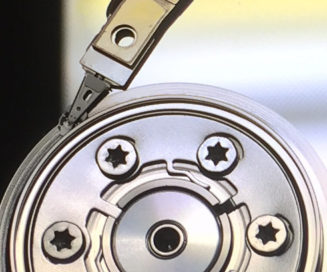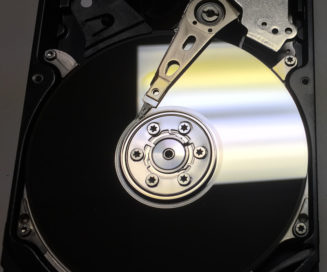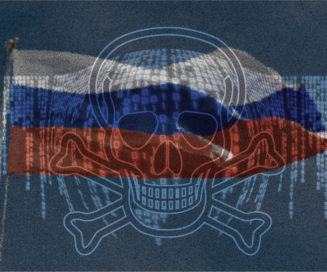Looking for something? Refine your search
- Categories
- Backup
- Cloud
- Computer Forensics
- Computing and CPU Power
- Cryptocurrency
- Damage
- Data Loss Prevention
- Data Recovery Knowledge
- Data Recovery News
- Data Recovery Service
- Data Types
- Database
- Digitization
- Encryption
- Flash Drive
- Hard Disk
- Investing and the Stock Market
- Mac/Apple
- Media
- Mobile Device
- NAS
- Network Security
- Office Documents
- Outreach
- Photos & Images
- RAID
- Ransomware Recovery
- Removable Media
- SAN
- Secure Deletion
- Server
- Services
- SSD
- Storage Industry
- Tape
- Uncategorized
- Video
- Tags
- actuator
- Apple
- backup
- bitcoin
- breach
- clean room
- clone
- computer forensics
- cryptocurrency
- cybercrime
- data recovery software
- data recovery tips
- decision tree
- EEPROM
- encryption
- ethereum
- exploit
- financial records
- fire damage
- flood
- guide
- hard drive data recovery
- hard drive failure
- hard drive manufacturers
- head ramps
- helium
- how to
- hurricane
- iOS
- landing zone
- leak
- Mac
- Mac OS
- machine learning
- macos
- Midwest
- migration
- music data recovery
- NAND
- NFT
- NVRAM
- operating system
- OS X
- parts
- password
- PCB
- Phoenix
- power surge
- RAID
- ransomware
- rebuilt
- SATA
- SaveMyFiles
- SSD
- statistics
- storms
- tornadoes
- TRIM
- video conversion
- virus
- water damage
- wildfires
- windows 10
- windows 10 guide
“Hard Disk Failure Is Imminent” Error Message: What to Know
During the startup process, certain HP, Dell, and Lenovo computers may present a “hard disk failure is imminent” error message. As you might expect, this is a serious symptom — and if you’re looking for fast answers, you should immediately...
February 23, 2024
FixedFloat Cryptocurrency Exchange Hacked: What Investors Should Know
FixedFloat, a decentralized cryptocurrency exchange, has confirmed an attack that compromised millions of dollars in Ether and Bitcoin.
February 19, 2024
Free Ransomware Decryption Tool Released for Rhysida
A group of researchers has released a free recovery tool for data encrypted by Rhysida ransomware. The Rhysida ransomware variant appeared towards the beginning of 2023 and spread quickly, primarily targeting education, healthcare, manufacturing, government, and information technology (IT) sectors....
February 14, 2024
“Reboot and Select Proper Boot Device:” Troubleshooting and Tips
Your computer might present the following error message when failing to boot its operating system: “Reboot and Select proper boot device or insert boot media in selected boot device and press a key.” This error message is fairly self explanatory:...
February 9, 2024
A Look at Seagate’s “Nanophotonic” Hard Drive Architecture
Seagate Technology has announced a new hard drive architecture utilizing a “nanophotonic laser,” which leverages heat-assisted magnetic recording (HAMR) technology to allow for extremely high capacities. HAMR isn’t brand-new tech, and many other manufacturers are experimenting with similar lasers. If...
February 1, 2024
White Phoenix Ransomware Recovery Tool: What to Know
White Phoenix is an open-source ransomware decryption tool, intended for use with larger files encrypted by the Play ransomware group and other ransomware variants that use intermittent encryption. The tool is available on GitHub here, and it’s both free...
January 31, 2024
Can a Hard Drive Be Repaired?
One of the most common questions that we receive goes something like this:“Can you repair my hard drive — and if so, can I keep using it?” There are two answers here. First: Yes, hard drives can be repaired...
January 23, 2024
Report: 75% of Organizations Hit By Ransomware in 2023
In a report from software company Veeam, 75% of businesses said that they’d dealt with ransomware or malware attacks in 2023. The attacks were cited as the most common cause of technology outages, and many organizations were subjected to multiple...
January 18, 2024
How Long Can I Wait Before Sending a Hard Drive for Data Recovery?
If you need data recovery, but you can’t quite afford it, you might consider putting your hard drive (or solid state drive, or other device) into storage until you’re able to get the money together. Clients often ask us whether...
January 15, 2024
Do You Still Need to “Safely Remove” USB Flash Drives?
For years, “unsafely ejecting” a USB flash drive was a serious misstep — one that could lead to corruption and permanent data loss — but in 2024, it’s not as big of an issue. Here’s why: Operating systems have implemented...
January 12, 2024







